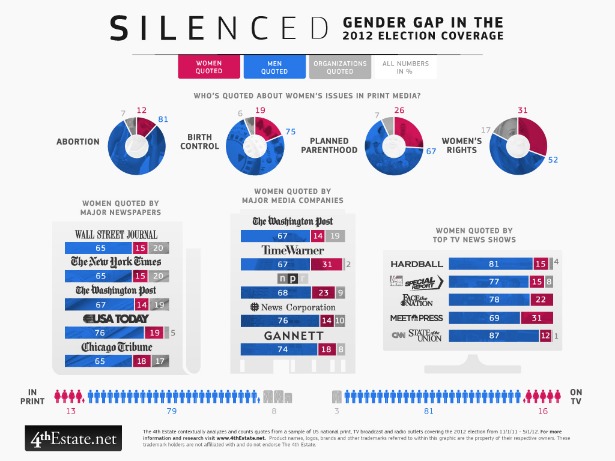 From the NYT: Women have made huge strides in the job market since President Kennedy signed the Equal Pay Act in 1963. Yet almost half a century after it became illegal to pay women less than men for the same job, the weekly wage of a typical woman who works full time is almost 18 percent less than that of the typical working man.
From the NYT: Women have made huge strides in the job market since President Kennedy signed the Equal Pay Act in 1963. Yet almost half a century after it became illegal to pay women less than men for the same job, the weekly wage of a typical woman who works full time is almost 18 percent less than that of the typical working man.
That wage gap is drawing renewed attention as President Obama courts women’s votes ahead of the November election. Last week Republicans in the Senate blocked the Paycheck Fairness Act, a bill supported by the administration that would have limited the reasons employers can use to justify paying a man more than a woman for doing a similar job.
The attention is welcome. The pay deficit for women has narrowed remarkably since the 1960s. But progress closing the gap has slowed over the last 20 years or so. And the flow of women into the work force has stalled after five decades of breakneck growth. Some economists worry that women’s progress in the job market might be hitting a wall. Continue here.







